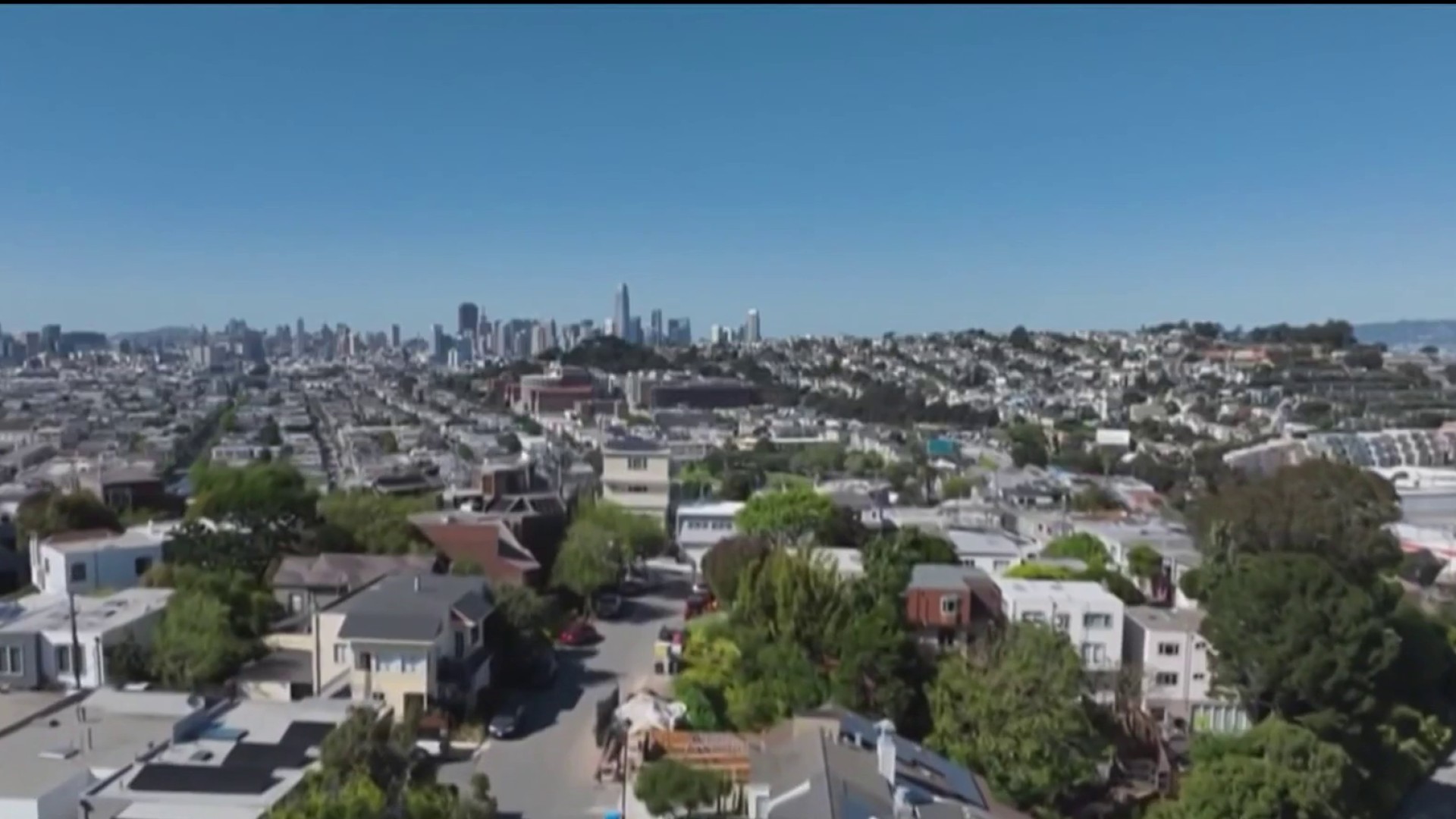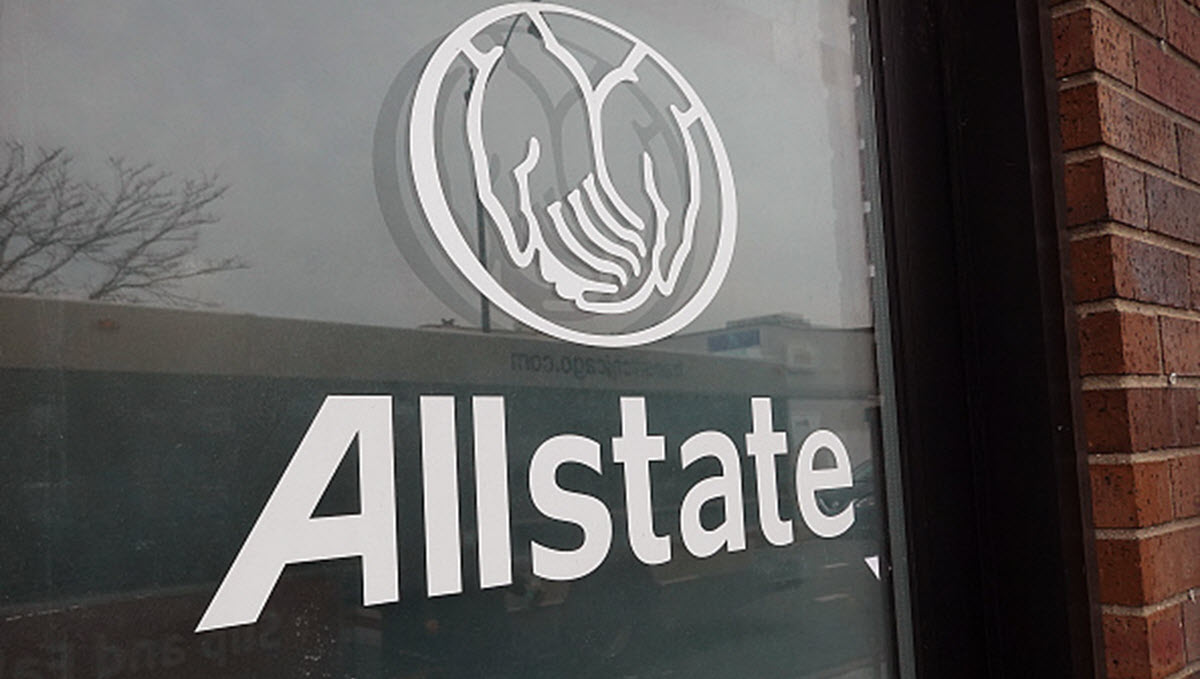Many California families are opening their mailboxes and finding a bombshell: a letter from their insurance company saying they're losing their homeowners insurance coverage, even if they live where you’d think fire risk is low.
Many families are asking how these companies can easily drop loyal, paying customers. Our NBC Bay Area Responds team highlights how insurers have the upper hand and how that might change.
“I cannot sleep thinking about what’s going to happen with my home insurance,” said East Oakland resident Maria Espada.
Espada has had Safeco homeowners insurance for 12 years. But not for much longer. Safeco is dropping her homeowners policy.
“Why [did they] they choose me? Because I’m a good customer, I pay regularly my policy,” Espada wondered out loud.
Safeco declined to discuss Espada’s policy specifically. State records show Safeco dropped 75 customers in Espada’s zip code and a total of 955 customers around the Bay Area. Why?
Safeco faulted “the Bay Area’s significant earthquake risk and the resulting home fires they cause.”
Safeco homeowners insurance nonrenewals by zip code
The map shows the zip codes where Safeco sought to drop homeowners insurance customers. Each zip code is labeled with the number and percentage of Safeco customers non-renewed there. Map compiled by Sean Myers.
Source: Safeco Insurance filing approved by the California Department of Insurance in March 2024
But here’s the thing: the state says Safeco’s explanation doesn’t even matter.
“Under California law, insurance companies are free to write where they want and choose the policies they want to write,” said Michael Soller, deputy insurance commissioner for the California Department of Insurance.
Get a weekly recap of the latest San Francisco Bay Area housing news. >Sign up for NBC Bay Area’s Housing Deconstructed newsletter.
It’s freedom to cherry-pick. And insurance companies are using it. The Department of Insurance says since 2022, seven of the top 12 insurance carriers have either cut existing homeowners policies or stopped selling new ones. More than 408,000 people are now stuck in the state’s insurer of last resort – an all-time high.
Consumer advocate Amy Bach, who serves as executive director for United Policyholders, said California's excessive choosiness has put it in an impossible position.
“You talk to any agent now, they’re going to tell you: unprecedented lack of competition, unprecedented lack of options, unprecedented pricing, and unprecedented pickiness on the part of insurance companies,” Bach explained.
“California is the fourth largest insurance market in the world. We want to be here, we want to be a part of it, but we do need to make some profit,” said Janet Ruiz with the Insurance Information Institute, which speaks for the industry.
Insurance companies say big disasters like the wine country fires and rising reconstruction costs have pinched their bottom line over the past 10 years, so they’re paring down now.
“Companies are having to manage how much they can insure,” Ruiz noted.
But they’ve also gotten big help hedging their bets recently.
In 2020, for example, PG&E took the blame for several wildfires and said it was “paying an S11 billion settlement to insurance companies” who’d already paid to rebuild homes and businesses.
On top of that, California is now providing insurance companies with a vast and growing safety net, thanks to residents. Each month, on an individual's power bill, they pay into a newly-created Wildfire Fund. It has $13.5 billion today to repay insurance companies tomorrow. State law will let the fund grow to $21 billion.
And yet, despite those multi-billion-dollar backstops, insurance companies are still cherry-picking customers like Espada. So now, the state is trying to negotiate with them.
The Department of Insurance said it’s willing to let companies use new catastrophe computer pricing models for the first time – which they want – but only if they commit to insuring more homes in wildfire areas, which they’ve never done.
“Insurance companies are going to have to specify and detail where are the policies that they’re writing,” Soller said. “The newer policies that they’re going to write that are higher risk policies, they can’t just walk away from them. They can’t just say, ‘No that’s not my job.’”
The Insurance Commissioner's office thinks all policyholders, not just families in wildfire zones, will see more insurance options next year. Consumer advocates are watching cautiously.
“We want to give the commissioner’s Sustainable Insurance Strategy a chance to work because no one else has been advancing any concrete strategies,“ Bach noted.
Back in East Oakland, Espada can’t wait a year to see who wins this game of chicken. She needs a new insurance policy now. So far, the only insurance she’s found costs double and could price her out of her home.
“I’m so worried that by the end, that I am going to lose my house and be part of the list of homeless people. That’s terrible,” Espada said.
If your homeowner's insurance company drops you, you can try to appeal. But you should start shopping for a new policy immediately.
Our consumer team made a video showing you how to do that.
Espada contacted our team online. You can, too. Have a consumer complaint? Let us know, so we can help.
“The excuse they are using is not right,” said Espada.



